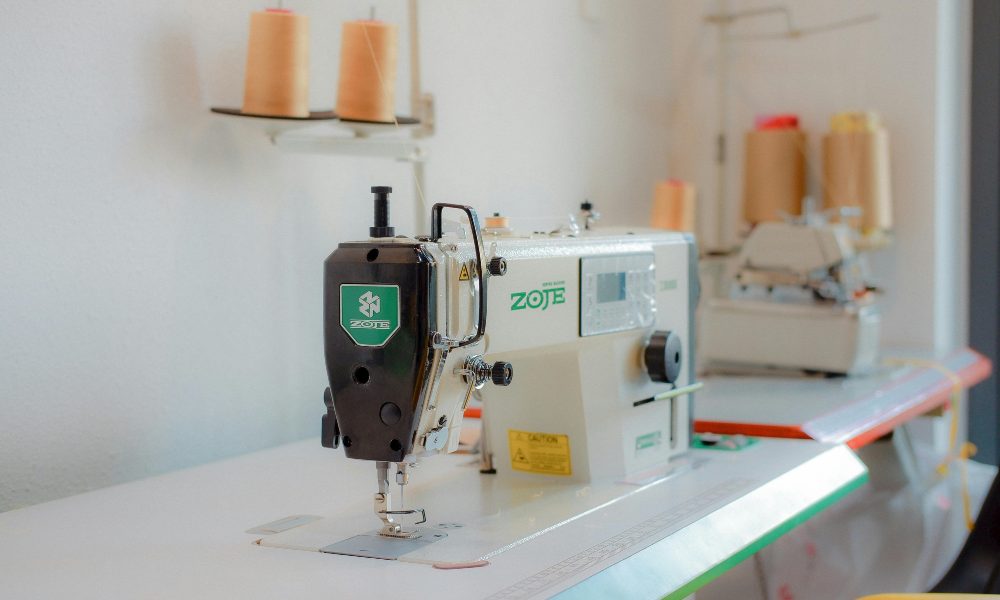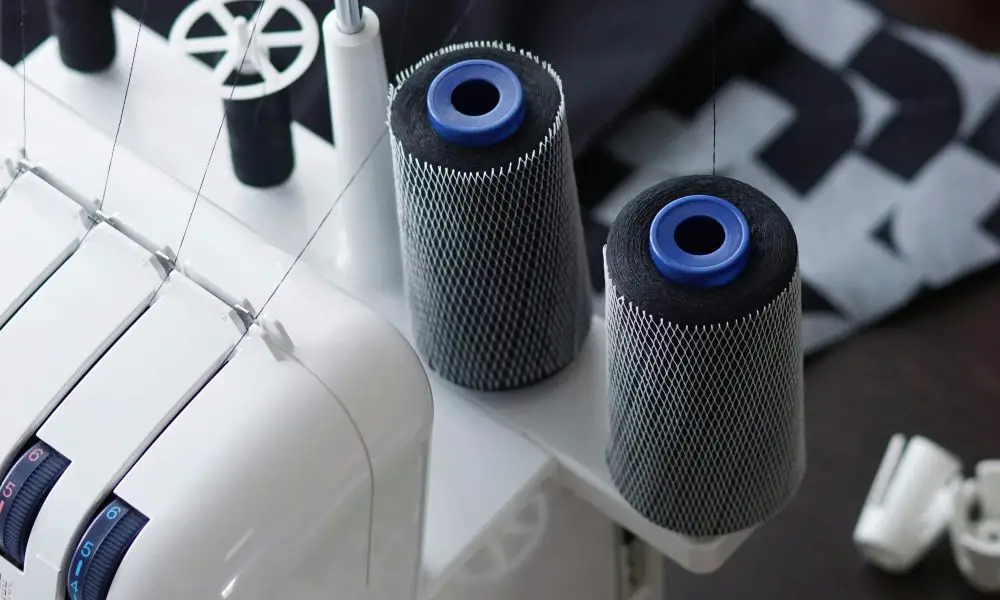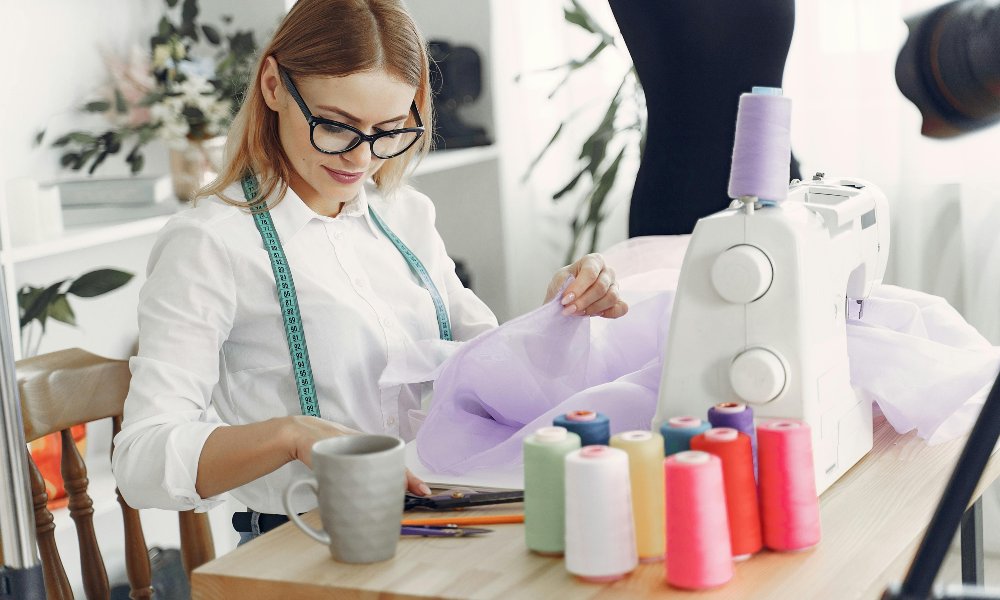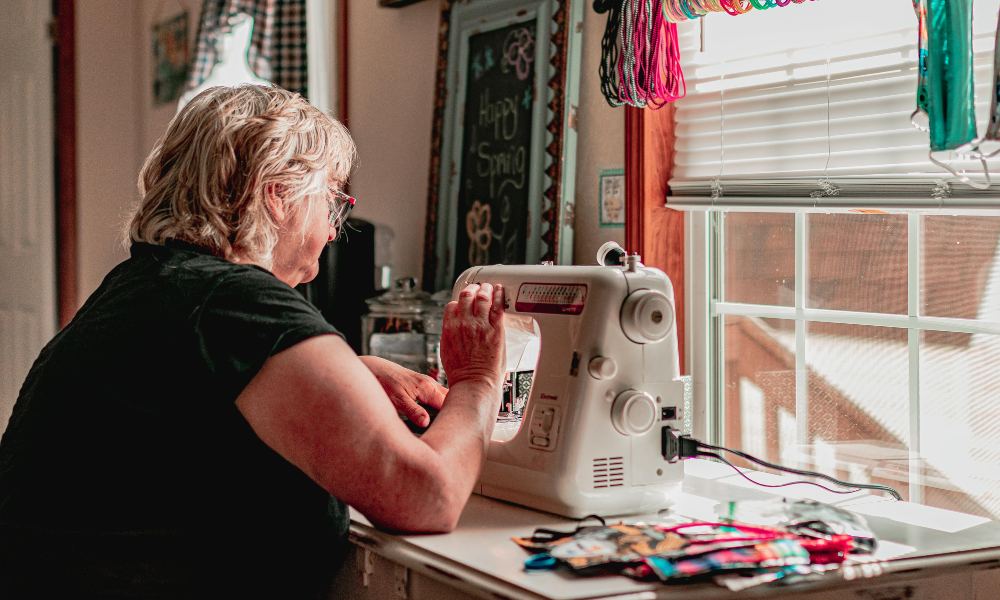Have you ever wondered who invented such a ubiquitous and transformational technology as the sewing machine? Though many handy household inventions abruptly entered the mainstream in the late 19th century due to the American Industrial Revolution, the origins of the sewing machine stretch back decades prior, with the pioneering work of many inventors worldwide. Their incremental innovations collectively brought about the modern sewing machine we know today. The history of the invention of the sewing machine is explored in depth in this article.
The quest to mechanize sewing began in 1790 with the English inventor Thomas Saint. Saint designed a machine with an awl to pierce holes in leather and a needle to pass the thread through the holes, though his design never progressed to a functional model. In 1804, Thomas Stone and James Henderson also patented a machine for “quilting, stitching, and sewing” in England. Numerous inventors in the early 1800s attempted to produce a practical sewing machine, including John Knowles with a machine for sewing hats in 1818 and Barthélemy Thimonnier, who patented a functional machine in France in 1830.
Thimonnier established the first sewing machine factory with many of his machines in operation, sewing uniforms for the French army. However, the factory was destroyed by a mob of French tailors who stormed the building and smashed the machines. They viewed the automation of sewing as a threat to their livelihoods. This setback delayed further development of the sewing machine for decades. However, vital incremental breakthroughs during this time built the knowledge base necessary to make the dreams of a working sewing machine a reality.
The First Working Prototypes Emerge
Barthélemy Thimonnier
The French tailor Barthélemy Thimonnier patented the first practical sewing machine able to stitch hundreds of times faster than could be done by hand in 1830. Thimonnier’s machine used a barbed needle to make the same chain stitch previously done by hand sewing. Though his factory full of machines was destroyed, Thimonnier’s innovations inspired many future inventors.
Walter Hunt
The American inventor Walter Hunt built America’s first working sewing machine prototype from 1832 to 1834. His machine used an eye-pointed needle and a shuttle to form a lockstitch. Unfortunately, Hunt didn’t patent his machine and tried to downplay its significance, so the credit for the lockstitch mechanism went to Elias Howe. Hunt’s design introduced important sewing machine concepts like the shuttle and needle feed.
Elias Howe

Elias Howe was likely inspired by Hunt’s work when he built his lockstitch sewing machine in 1845. Howe received the first American patent for a sewing machine, though he couldn’t find much success selling it. His needle containing an eye at the point was a significant innovation that finally made the lockstitch possible. While sales were slow initially, Howe’s many contributions to key sewing machine concepts ultimately paved the way for widespread adoption.
Isaac Singer Makes Key Improvements
It was very fortunate that Isaac Merritt Singer started his own sewing machine business in 1851 after Orson C. Phelps asked him to examine a malfunctioning prototype based on Elias Howe’s patent. Singer envisioned many improvements to make the unreliable machines more effective and user-friendly.
Singer incorporated several innovations, like the vertical needle and presser foot, to guide the fabric. His foot treadle allowed continuous operation of the machine, freeing the operator’s hands. Singer aggressively promoted and marketed his machine, expanding sales channels and offering flexible pricing. Singer and his partners’ technical ingenuity and business savvy helped make the sewing machine commercially viable and propelled it into mainstream use.
The Sewing Machine Goes Mainstream
Thanks to decades of incremental engineering advances and Singer’s marketing brilliance, the sewing machine became widely adopted by the 1860s. Standardized lockstitch mechanisms, foot treadles, and continuous fabric feed made the machines simple for home use. As companies like Singer Manufacturing Company and Brother dominated sewing machine sales, prices dropped, allowing middle-class families to afford them.
Singer and his partners lobbied Congress to extend Howe’s essential original patent to protect their lockstitch mechanism from infringement. Sewing machines quickly became indispensable household and industrial appliances used in clothing factories, machine shops, upholstery work, and more. Though no one person can claim to have invented the sewing machine, it was the collective contributions of many inventors and industrialists that brought this revolutionary technology to everyone.
When we examine the remarkable history behind game-changing inventions like the sewing machine, it reminds us that often, the work of many people over time is required to transform an ambitious idea into a world-shattering technology. While we frequently associate inventions solely with famous inventors like Elias Howe or Isaac Singer, they built upon the ideas and prototypes of others. The incremental engineering achievements by mostly unheralded inventors ultimately merged into one of the most important inventions of the 19th century.
FAQs
Who invented the first sewing machine?
In 1830, a French tailor named Barthélemy Thimonnier invented the world’s first functional sewing machine. His machine used a barbed needle and chain stitch to sew cloth.
When was the sewing machine invented?
English inventor Thomas Saint made the first patented sewing machine in 1790. However, the first fully functional sewing machine was invented in 1830 by Barthélemy Thimonnier in France.
Who invented the lockstitch sewing machine?
American inventor Walter Hunt built the first lockstitch sewing machine in 1832-1834. Hunt failed to patent his invention, so credit went to Elias Howe, who later patented a similar lockstitch machine in the US in 1845.
Who made the sewing machine commercially successful?
Isaac Singer invented several improvements to the sewing machine in 1851 that made it more reliable and easy to operate. Singer was also a brilliant marketer and businessman who created the sewing machine as a commercial success and helped bring it into mainstream use.
What impact did the sewing machine have?
The sewing machine enabled the automation of garment production and revolutionized the textile and clothing manufacturing industries. It also allowed middle-class families to make clothes themselves, impacting fashion, women’s roles, and home economics.
So next time you sit down at your sewing machine, remember its curious history. The sewing machine we know today traces its lineage through many minds over many decades. And who knows – perhaps one day, hundreds of years from now, people will look back at a world-changing invention of today and wonder – who invented that?
***
Main image: pexels




